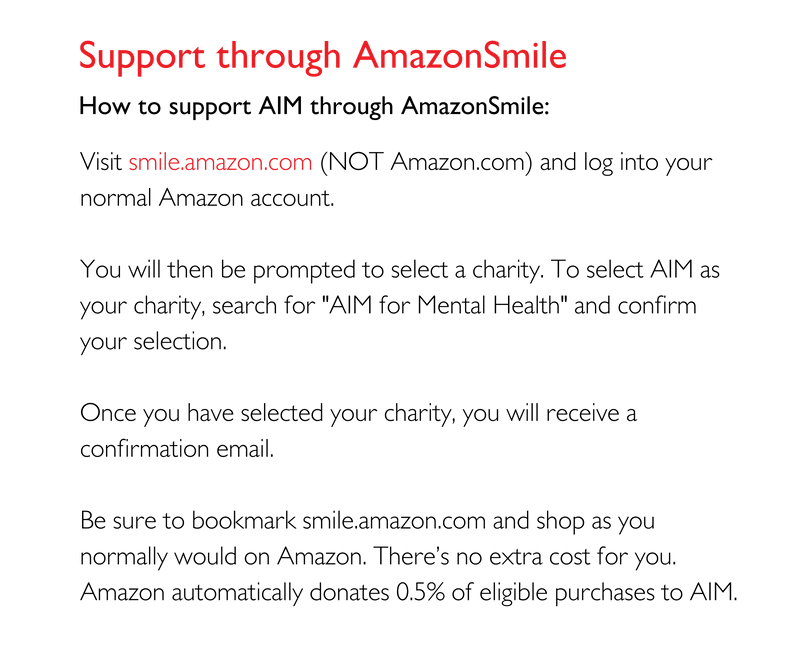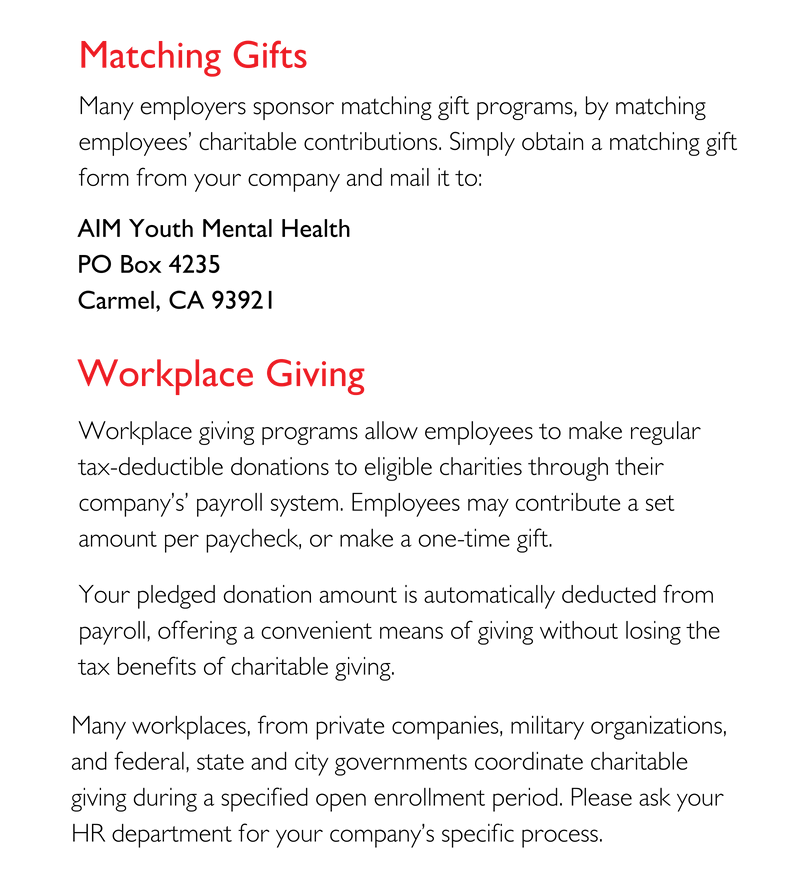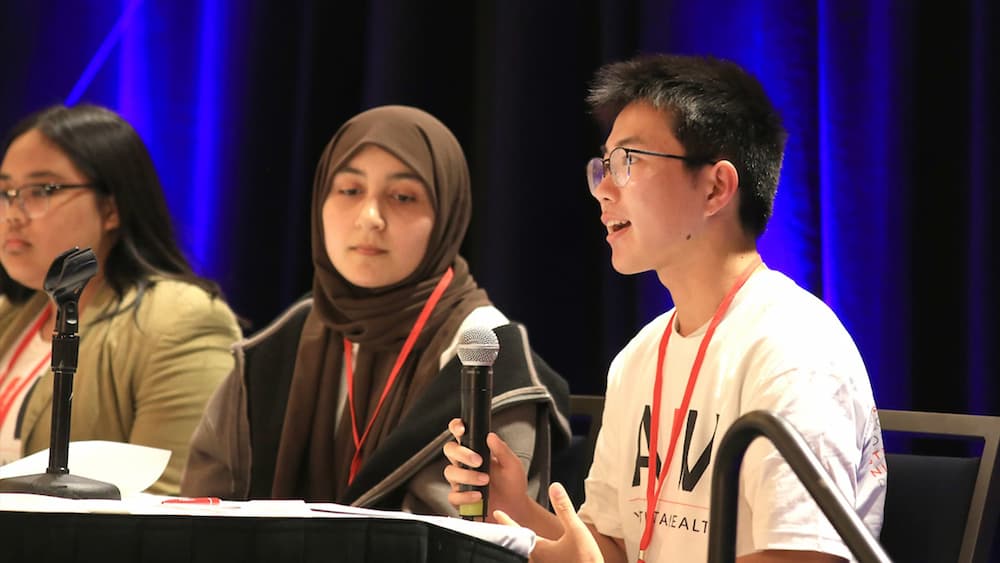

By Meadowlark Monaghan, AIM Youth Advisory Board Member
I’ll never forget walking across my college campus and stumbling across a plastic, A-frame sign that read, “Mental Health Peep? Come check out this job!”
I was a freshman at UC Santa Barbara eager to study Psychology after surviving a high school experience that included the loss of my brother by suicide (see our Suicide Prevention Toolkit for youth and caregivers), the loss of my father, and a myriad of sibling mental health challenges in between.
Sunk into a squishy pillow on the floor, crammed into a room with other undergraduates, I felt I was exactly where I was meant to be. The position—a “mental health peer” for the college’s Counseling & Psychological Services—was a liaison between the undergraduate student body and the therapists on staff for them. We provided basic counseling, led trainings across campus, and most notably, conduced suicide prevention research and presented it at a state-wide conference.
Being a mental health peer changed the course of my entire life.
As someone who a personal connection to suicide loss, being able to learn the fundamentals of research, survey my community about a topic I was so passionate about, and present my findings to help make real change… it kickstarted an entire career and personal mission to destigmatize and provide support for mental wellness.
One monumental decade later, a high school student named Gia Panetta found herself reading a paper print out for “AIM Youth Mental Health Ideas Lab” on her school bulletin.
Shortly after the COVID-19 pandemic, amid a cultural zeitgeist of mass shootings, racial injustice, climate issues, and a mental health crisis, Gia noticed how the addition of Zoom-led classes stifled education and social interactions and swan dived into an extremely unique and challenging back-to-school experience for her peers. She took one look at that sign and “pounced on the opportunity.”
“At first, I was nervous because I didn’t know what to expect,” she explains, “ I wanted to research the [lasting] effects of COVID on teens and figure out possible solutions… It also felt like being a civil servant; I was actually doing something for my community that I could be proud of.”
AIM is dedicated to funding cutting-edge research for mental health solutions for youth and bridging the gap between that research and access to care. Throughout that process, they noticed a unique opportunity to engage the youth themselves in some of that research. In turn, empowering students that they can be a part of the change they wish to see.
The AIM Ideas Lab is a youth-participatory research project whose goal is to train and empower high school students to learn how to conduct research, analyze data, interpret data, and make recommendations specifically to address youth mental health.
The program has been around for two years, starting in Monterey county and has since expanded into Marin, San Luis Obispo, and San Diego. The first cohort started solely with 50 students who surveyed 500-700 of their peers; the last cohort included 70 students who surveyed 1,500 high school students all across California. Their findings contain a robust data set, breaking down demographics, mental health challenges, barriers to care, and more on a county by county basis so that California school districts can compare results across counties.
AIM developed a curriculum that teaches high school students the foundations of research including analyzing different research methods, learning how to collect data, how to write survey questions without bias, and more. The cohort then conducts a facilitated brainstorm to discuss everything relating to youth mental health—challenges the group and their peers are facing, risk factors that make it worse, protective factors or resources that are helpful, and how to encourage students to reach out to those resources.
The group then utilizes their ideas and suggestions to create a survey questionnaire to field out to their schools and peers. The students collect the data, analyze survey results (up to a few thousand responses), and then learn how to clean up the data, looking at demographic comparisons (grade levels, genders, etc.). From there, the students are encouraged to explore how they interpret it. “It’s about giving the students efficacy over interpretation,” Jennie Liang AIM’s Ideas Lab Program Director explains. She tells the students, “I can interpret this data one way but you can as well. You know what the students are saying, you know what’s going on in the schools. You’re going to know how we should interpret this data and what we do with it.”
“Something I’ve seen in our students is a feeling like there is something to do,” Jennie shares. “Teenagers feel like they don’t have power and don’t have control; like all the stuff is happening around them. This is a way to give them that power and build their capacity to create action.” In a world that stifles youth voices as “too young” or “inexperienced”—bringing youth in for their perspective on their mental health crisis is the exact point of view that nation-wide behavioral healthcare solutions are missing.
The student-led design of the program from start to finish gives the youth a sense of empowerment. “It feels like I am helping,” says Taylan Dincer, an AIM Ideas Lab Youth Researcher. “It felt amazing knowing I was contributing to this cause and creating tangible results to help my peers.” Particularly because, as Taylan puts it, “because you’re helping yourself as a result. You’re helping provide a safer space for people just like you—a space where expression is more welcome and conversation is made.”
At the end of the Ideas Lab research process, each cohort creates a Research Report (see Monterey, Marin, and San Luis Obispo) that houses all of their findings and recommendations. The report is a rich data set that is as informative as it is insightful. It lives on AIM’s site with all student names on it so they are encouraged to use it, share it, and present it to their peers.
The findings themselves surprised the youth, encouraging them even more to take action. “I thought that the amount of people who had heard their friends talk about depression was extremely high. It really shocked me that so many people are going through that because many people do not say anything about their suffering,” said Gia.
Taylan was surprised by how young men responded to questions or concerns of mental health. “They’re much more closed off and cold, and it really hurt to see that in some actual numbers. It inspired us to present more about it at a conference in San Francisco in October… Now that I’ve gotten an inside look into what’s been going on with my peers, it’s motivated me to learn and help more.” It truly is the students’ findings and their work, empowering them to take action with the report.
And inspired action is surely taking place.
After participating in Ideas Lab for the past two years, Gia approached the Monterey County Office of Education to create a youth advisory mental health council on a district-wide level. Her goal is to create a space for students to advocate for mental health resources and provide education for parents and teachers, alike. The County Office is funding her to help support her efforts.
The impact Ideas Lab has had on students themselves and their ability to be empowered leaders to address the youth mental health crisis is paramount. It’s mobilizing students to feel like they can take action and they can do something about it.
It has not only developed an extremely rich set of data on the state of mental health in high school students by high school students, it has also informed a lot of AIM’s decision making, including offering Youth Mental Health First Aid and an upcoming program launch of peer-to-peer run Teen Mental Health First Aid.
The Ideas Lab is an example of how AIM’s mission statement comes full circle: empowering youth to find tools themselves, bringing them into that process, directly teaching them about research, and then creating that data themselves. Data so impactful for future programming and published for all to see, ideally, allowing anyone who comes across it to feel inspired and take action. Action that can look like: sparking a conversation amongst your own family, getting involved with Ideas Lab, or empowering yourself to learn more about the state of youth mental health.
It’s been a long decade since I first stepped across my school campus and made a decision to get involved. Today, as a mental health professional, I see the opportunities presented to our youth to empower themselves, create their own solutions, and provide information and access to others… and it’s exactly the hope and optimism that guides me to believe the next decade will be filled with a lot more happiness and mental wellness.
Sign up for this year’s recruitment for 2024 AIM Ideas Lab!
Calling students! If you are (or know) a high school student in the counties of Monterey, Marin, Alameda, or San Diego who would be interested in participating in AIM Ideas Lab please reach out to Jennie Liang at jennie@AIMymh.org.
______________________
About the Author
Meadowlark Monaghan (she/hers) is a consultant using her knowledge gained as a mental health professional to act as a liaison between brands, creators, + online communities with the field of psychology and mental health. She also co-hosts the personal development podcast, Thoughts May Vary. Her work has been seen with Madhappy, Local Optimist, The Mayfair Group, Lonely Ghost, AIM Youth Mental Health, NAMI San Diego and more.
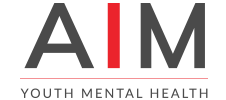


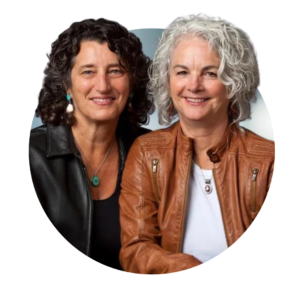
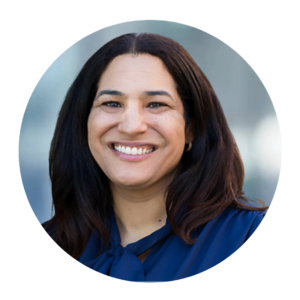


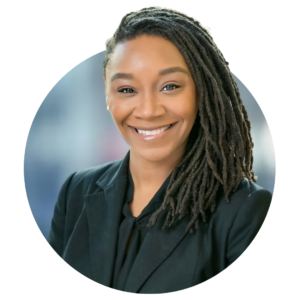





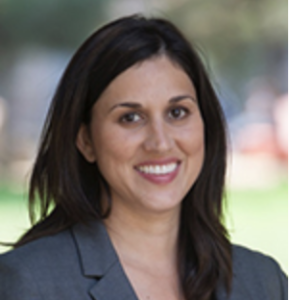
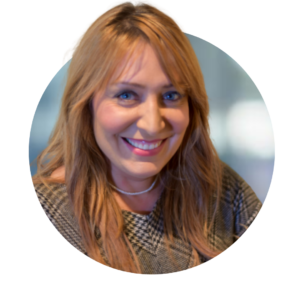
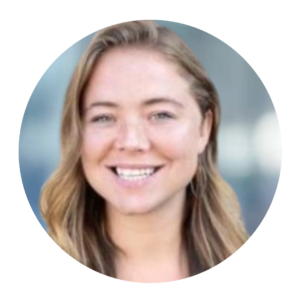
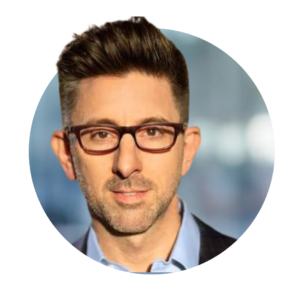
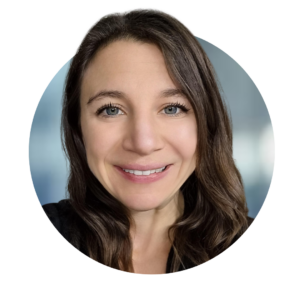
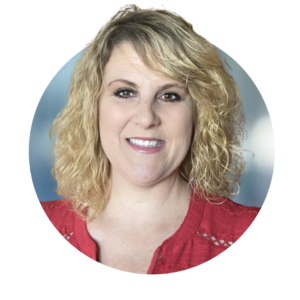 Moving Upstream: A Proactive Approach to Addressing Behaviors and Bullying
Moving Upstream: A Proactive Approach to Addressing Behaviors and Bullying Krista Reuther is the Assistant Director of Ohana’s Community Health and Prevention Program. She received her Masters in Public Health and Social Work at UC Berkeley. She comes to this position after 14 years of clinical social work experience at Stanford Children’s Hospital in pediatric oncology, critical care, and bereavement. Her goal is to reduce the incidence of mental illness in children and adolescents in Monterey County.
Krista Reuther is the Assistant Director of Ohana’s Community Health and Prevention Program. She received her Masters in Public Health and Social Work at UC Berkeley. She comes to this position after 14 years of clinical social work experience at Stanford Children’s Hospital in pediatric oncology, critical care, and bereavement. Her goal is to reduce the incidence of mental illness in children and adolescents in Monterey County.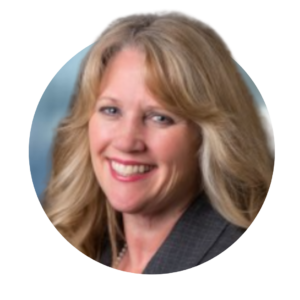 Dr. Guss is a 35-year veteran educator with a doctorate degree in Educational Leadership. She served as a classroom teacher for 10 years, including two years as a teacher in a bilingual program in South Central Los Angeles. She has also served as a college professor, mentor teacher for new teachers, and a master teacher for teacher candidates completing their student teaching experience. She continues to be a strong advocate for the teaching profession.
Dr. Guss is a 35-year veteran educator with a doctorate degree in Educational Leadership. She served as a classroom teacher for 10 years, including two years as a teacher in a bilingual program in South Central Los Angeles. She has also served as a college professor, mentor teacher for new teachers, and a master teacher for teacher candidates completing their student teaching experience. She continues to be a strong advocate for the teaching profession. Fellowship: Stanford University School of Medicine (1994) CA
Fellowship: Stanford University School of Medicine (1994) CA Michael G. Thompson, Ph.D. is a consultant, author and psychologist specializing in children and families. He is the supervising psychologist for the Belmont Hill School and has worked in more than seven hundred schools across the United States, as well as in international schools in Central America, Europe, Africa and Asia.
Michael G. Thompson, Ph.D. is a consultant, author and psychologist specializing in children and families. He is the supervising psychologist for the Belmont Hill School and has worked in more than seven hundred schools across the United States, as well as in international schools in Central America, Europe, Africa and Asia.
 is 15 years old and a sophomore at Marina High School in Marina, CA. Her academic interests include math, history, and psychology. She joined the AIM Ideas Lab in 2021 because she wanted to be a part of something that could have a great impact on her community. Marwa is interested in youth mental health because she has always been fascinated with the human mind and she wants to support those that are suffering who may feel like their challenges in life aren’t important enough or are too afraid to seek necessary help.
is 15 years old and a sophomore at Marina High School in Marina, CA. Her academic interests include math, history, and psychology. She joined the AIM Ideas Lab in 2021 because she wanted to be a part of something that could have a great impact on her community. Marwa is interested in youth mental health because she has always been fascinated with the human mind and she wants to support those that are suffering who may feel like their challenges in life aren’t important enough or are too afraid to seek necessary help. Giovanna Panetta is a 16 year old junior at Carmel High School. She has always been called to STEM subjects, specifically biology. The AIM Ideas Lab instantly attracted her attention as a research opportunity. Gia has always comprehended the importance of mental health. She knows that COVID only exacerbated previously existing problems, and that as a community we can try and find the root of those problems. Mental health is an integral part of life, and can impede a body’s ability to be healthy. She strongly believes that life is worth living, and she wants to help anyone that thinks otherwise.
Giovanna Panetta is a 16 year old junior at Carmel High School. She has always been called to STEM subjects, specifically biology. The AIM Ideas Lab instantly attracted her attention as a research opportunity. Gia has always comprehended the importance of mental health. She knows that COVID only exacerbated previously existing problems, and that as a community we can try and find the root of those problems. Mental health is an integral part of life, and can impede a body’s ability to be healthy. She strongly believes that life is worth living, and she wants to help anyone that thinks otherwise. Dr. Friedman completed her undergraduate degree in Psychology from University of California San Diego (UCSD). She went on to complete her masters and doctorate degrees (Ph.D.) in Clinical Psychology from Rosalind Franklin University of Medicine and Science/Chicago Medical School. Dr. Friedman completed her pre-doctoral internship at Rush University Medical Center, Chicago, IL, and her post-doctoral fellowship training at the VA San Diego Healthcare System. Her clinical training and experience has been focused primarily on comprehensive assessment and effective treatments for anxiety, mood and related disorders. Dr. Friedman has extensive experience in providing Cognitive Behavioral Therapies for anxiety disorders (e.g. worry, OCD, social anxiety, phobias and PTSD), depression, adjustment disorders/life stress, insomnia and body-focused repetitive behaviors (e.g. Trichotillomania and skin picking). She has received training in evidence-based interventions for a variety of specific problems, including exposure with response prevention (ERP) for treatment of OCD, Prolonged Exposure (PE) for treatment of PTSD, and Cognitive Behavioral Therapy for Insomnia (CBT-I). Moreover, she has specialty training in the treatment of childhood anxiety and related disorders, such as ADHD, selective mutism, separation anxiety, PTSD, depression and specific phobias. In addition, Dr. Friedman has developed an expertise in research on Trichotillomania and body-focused repetitive behaviors, which has led to numerous local and national presentations. Dr. Friedman regularly attends local and national conferences, training seminars and workshops in order to stay informed on the most up to date treatments and apply state of the art science into her clinical practice.
Dr. Friedman completed her undergraduate degree in Psychology from University of California San Diego (UCSD). She went on to complete her masters and doctorate degrees (Ph.D.) in Clinical Psychology from Rosalind Franklin University of Medicine and Science/Chicago Medical School. Dr. Friedman completed her pre-doctoral internship at Rush University Medical Center, Chicago, IL, and her post-doctoral fellowship training at the VA San Diego Healthcare System. Her clinical training and experience has been focused primarily on comprehensive assessment and effective treatments for anxiety, mood and related disorders. Dr. Friedman has extensive experience in providing Cognitive Behavioral Therapies for anxiety disorders (e.g. worry, OCD, social anxiety, phobias and PTSD), depression, adjustment disorders/life stress, insomnia and body-focused repetitive behaviors (e.g. Trichotillomania and skin picking). She has received training in evidence-based interventions for a variety of specific problems, including exposure with response prevention (ERP) for treatment of OCD, Prolonged Exposure (PE) for treatment of PTSD, and Cognitive Behavioral Therapy for Insomnia (CBT-I). Moreover, she has specialty training in the treatment of childhood anxiety and related disorders, such as ADHD, selective mutism, separation anxiety, PTSD, depression and specific phobias. In addition, Dr. Friedman has developed an expertise in research on Trichotillomania and body-focused repetitive behaviors, which has led to numerous local and national presentations. Dr. Friedman regularly attends local and national conferences, training seminars and workshops in order to stay informed on the most up to date treatments and apply state of the art science into her clinical practice. Dr. Piacentini is a board-certified clinical child and adolescent psychologist and Professor in the UCLA Department of Psychiatry and Biobehavioral Sciences. He directs the UCLA Child OCD, Anxiety, and Tic Disorders Clinic and Tourette Association Center of Excellence which provide diagnostic evaluation and treatment (both therapy and medication) for youth with the above problems. He also directs the UCLA Center for Child Anxiety Resilence, Education, and Support (CARES; carescenter.ucla.edu) which provides education and programming to parents, teachers, and clinicians about anxiety prevention and management.
Dr. Piacentini is a board-certified clinical child and adolescent psychologist and Professor in the UCLA Department of Psychiatry and Biobehavioral Sciences. He directs the UCLA Child OCD, Anxiety, and Tic Disorders Clinic and Tourette Association Center of Excellence which provide diagnostic evaluation and treatment (both therapy and medication) for youth with the above problems. He also directs the UCLA Center for Child Anxiety Resilence, Education, and Support (CARES; carescenter.ucla.edu) which provides education and programming to parents, teachers, and clinicians about anxiety prevention and management.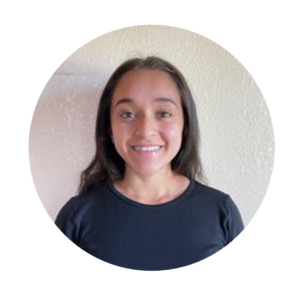 Citlalli Nava is 18 years old and a first year majoring in Psychology at Hartnell Community College in Salinas, CA. She is passionate about understanding how mental health affects how youth think, act, and feel. Citlalli joined the AIM Ideas Lab in 2021 after witnessing the increase in mental health challenges in teenagers and considering the mental health issues they are facing. Citlalli is interested in youth mental health because it is a real problem faced by her generation.
Citlalli Nava is 18 years old and a first year majoring in Psychology at Hartnell Community College in Salinas, CA. She is passionate about understanding how mental health affects how youth think, act, and feel. Citlalli joined the AIM Ideas Lab in 2021 after witnessing the increase in mental health challenges in teenagers and considering the mental health issues they are facing. Citlalli is interested in youth mental health because it is a real problem faced by her generation. Clinical and community psychologist and health care innovator Arthur C. Evans Jr., PhD, is CEO of the American Psychological Association, the leading scientific and professional organization representing psychology in the United States. With more than 146,000 researchers, educators, clinicians, consultants, and students as members, APA promotes and disseminates psychological knowledge to benefit society and improve lives – a mission consistent with Evans’ life work.
Clinical and community psychologist and health care innovator Arthur C. Evans Jr., PhD, is CEO of the American Psychological Association, the leading scientific and professional organization representing psychology in the United States. With more than 146,000 researchers, educators, clinicians, consultants, and students as members, APA promotes and disseminates psychological knowledge to benefit society and improve lives – a mission consistent with Evans’ life work.
